are they all crepe myrtles?
chueh
15 years ago
Related Stories
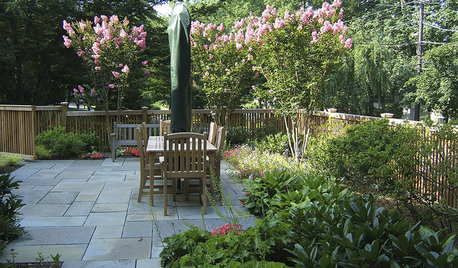
GARDENING GUIDESGreat Design Plant: Crape Myrtle
With long-lasting blooms and gorgeous exfoliating bark, this ornamental tree brings bright color and a unique form to the landscape
Full Story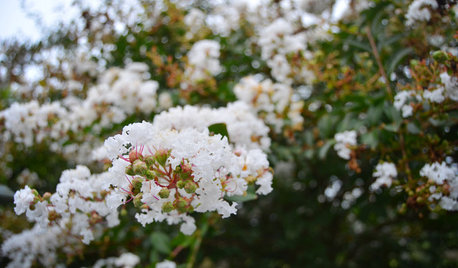
GARDENING GUIDESBrighten Any Garden With White Crape Myrtle
A terrific supporting player to other plants, white crape myrtle can help a walkway or other parts of a landscape gleam
Full Story
DECORATING GUIDESHow to Get Curves in All the Right Spaces
Use the softening effect of curves to enhance and define your indoor and outdoor areas
Full Story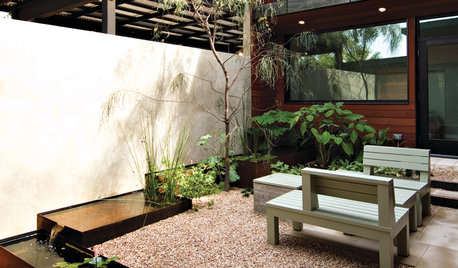
LANDSCAPE DESIGNStrike a Balance: Stuff vs. Space in the Garden
Zoom out to the big design picture before focusing on the little details, to create a garden with all the elements in balance
Full Story
SHOP HOUZZShop Houzz: Up to 70% Off French Country Kitchen Essentials
French cookware plus charming serveware and decor, all on sale
Full Story0

GARDENING GUIDES10 Solutions for Soggy Soil
If a too-wet garden is raining on your parade, try these water-loving plants and other ideas for handling all of that H2O
Full Story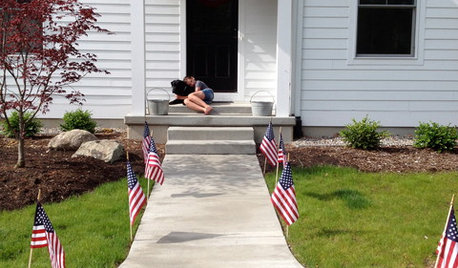
MOST POPULARHow to Hang the American Flag at Home
We’ll show you how to display the American flag on your house for Memorial Day, the Fourth of July or all year round
Full Story
MOST POPULARWhen Does a House Become a Home?
Getting settled can take more than arranging all your stuff. Discover how to make a real connection with where you live
Full Story
LIGHTING10 Chandeliers for People Who Don't Like Chandeliers
Get all the chandelier benefits without channeling Liberace, thanks to wood, paper, wire — and even a surprising old-fashioned staple
Full Story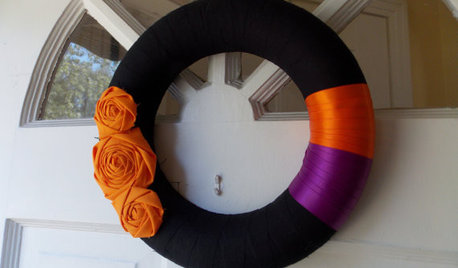
ENTERTAININGGuest Picks: Have a Happy (Classier) Halloween
Plastic pumpkins, begone! These spooky grown-up home accessories bring all of the creepiness and none of the kitsch
Full StoryMore Discussions










jean001
jimtnc
Related Professionals
Jennings Landscape Architects & Landscape Designers · Middle Island Landscape Architects & Landscape Designers · Edinburg Landscape Contractors · Madera Landscape Contractors · Merced Landscape Contractors · Markham Landscape Contractors · Portland Siding & Exteriors · Silver Spring Siding & Exteriors · South Windsor Siding & Exteriors · Billerica Decks, Patios & Outdoor Enclosures · Brooklyn Park Decks, Patios & Outdoor Enclosures · Grain Valley Decks, Patios & Outdoor Enclosures · Palmetto Decks, Patios & Outdoor Enclosures · Santa Ana Decks, Patios & Outdoor Enclosures · Springfield Decks, Patios & Outdoor EnclosuresIris GW
brandon7 TN_zone7
chuehOriginal Author
Iris GW
chuehOriginal Author
stompede
davidandkasie
brandon7 TN_zone7
rhizo_1 (North AL) zone 7
stompede
brandon7 TN_zone7
stompede
vieja_gw
brandon7 TN_zone7
stompede
Embothrium